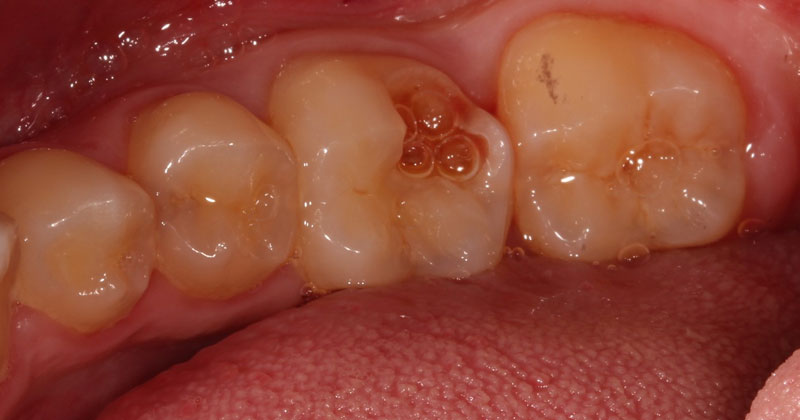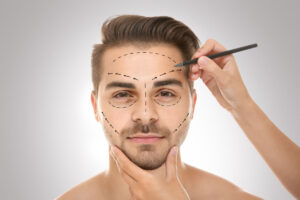Maintaining the condition of one’s teeth is crucial when it comes to dental practice in Bethesda, MD, which does dental operations in Bethesda. Pulp capping is a dental procedure that can help preserve teeth damaged by trauma or caries. Did you know that direct and indirect pulp capping are the two main varieties? To help decide which of these two methods would be best for your dental needs, we will review the main distinctions between them in this post.
Pulp Capping
The goal of pulp capping is to preserve the teeth by protecting the dental pulp, the deepest tooth layer that contains essential components, including blood arteries and nerves. Weakened dental pulp may result in discomfort, infection, or tooth loss. By stopping additional damage, pulp capping can prevent more invasive operations, such as root canals or extractions, from being necessary.
Direct Pulp Capping
Direct pulp capping is applied when visible dental pulp does not sustain significant damage. This usually occurs when a tooth is traumatized or when it has a deep cavity. Direct pulp capping is a useful technique when there is little exposure, and the tooth pulp is still somewhat healthy. It promotes the growth of reparative dentin in the pulp, which further protects it from infection.
Indirect Pulp Capping
Indirect pulp capping is a different approach used when there is a deep cavity that has not yet reached the dental pulp but is close to it. Indirect pulp capping is a conservative approach that aims to prevent the progression of decay toward the dental pulp while encouraging the natural healing process. It is particularly effective when the decay is caught early, and the dental pulp remains healthy.
Your dental health is our top priority in Bethesda, and being aware of the distinctions between direct and indirect pulp capping will help you make wise decisions regarding care. It is crucial to speak with a qualified dentist if there is oral damage, a severe cavity, or sensitive teeth. After evaluating your unique circumstances, they will suggest the best course of action to help you keep your natural teeth and smile looking great. Your tooth’s overall health and degree of pulp involvement will determine whether you should receive direct or indirect pulp capping.









